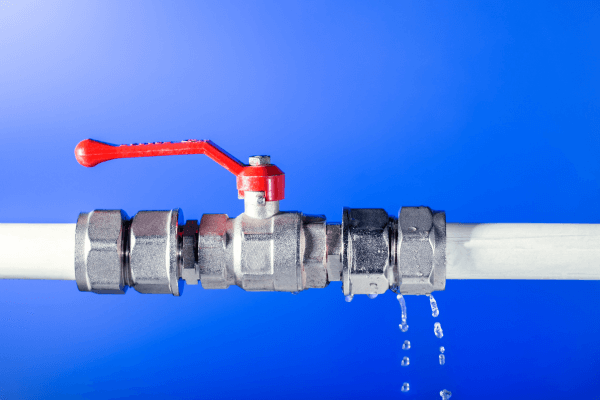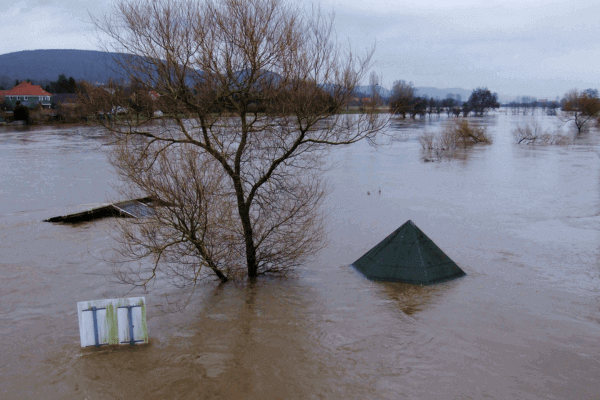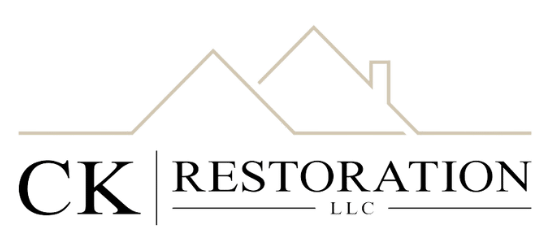What are the Causes of Water Damage?
Water damage is one of those sneaky home issues that can strike when you least expect it. One moment you’re enjoying a sunny day in Georgetown, and the next, you’re dealing with a damp carpet or a dripping ceiling. Understanding the causes of water damage in your home is crucial to protecting your space and your sanity.
In this guide, we’ll explore the various hidden culprits behind water damage, from plumbing problems to weather-related events, and offer tips on how to prevent them. So, grab a cup of coffee and let’s dive into this watery world of potential pitfalls!
1. Plumbing Issues

Burst or Leaking Pipes
Nothing sends a shiver down a homeowner’s spine quite like the sight of water pooling on the floor. Corroded or damaged and leaking pipes can lead to leaks or even bursts, causing significant water damage. Regular inspections and maintenance can help you catch these issues before they escalate.
Clogged Drains
Ever tried to take a shower only to find yourself standing in a mini swimming pool? Clogged drains are notorious for causing overflow disasters. Blocked sinks, toilets, and drainage systems can lead to overflowing water and, ultimately, flooding in your home.
Faulty Plumbing Systems
If your plumbing is older than your high school diploma, it may be time for an upgrade. Poor installation or aging plumbing systems are more prone to failure, leading to annoying leaks that can wreak havoc on your home.
2. Appliance Malfunctions

Washing Machines
That trusty washing machine might not be as reliable as you think. Faulty hoses or overflows can lead to significant water damage, transforming your laundry room into a water park. Regularly check hoses and connections to prevent leaks.
Dishwashers
Nothing says “surprise” like a flooded kitchen after a dishwasher mishap! Leaks or blockages in dishwashers can cause water to seep onto your floors, leading to water damage and a mess you didn’t sign up for.
Water Heaters
Leaking or burst water heaters are no joke! They can flood basements or other areas, turning your home into a wading pool. Regular maintenance can help catch issues before they become a problem.
Refrigerators
If you notice water pooling near your fridge, it might be time to check your water lines. Leaking pipes or water lines or condensation buildup can cause significant damage to your kitchen floors and cabinets.
3. Roof Leaks

Damaged Shingles or Tiles
Roofing materials can wear down over time, especially after a storm. Broken or missing shingles allow water to seep into your home, leading to leaks that can cause damage to ceilings and walls. Regular roof inspections can help catch these issues early.
Clogged Gutters
Those clogged gutters filled with leaves from that one tree in your yard can be more than just an eyesore. When gutters are clogged, water can overflow, causing water infiltration around your roof or foundation. Keep those gutters clean to prevent overflow issues!
Improper Flashing
Flashing plays a critical role in protecting your roof around chimneys and vents. If it’s poorly installed, water can leak in, leading to a soggy mess in your attic. A professional roof inspection can help identify flashing issues.
4. Weather-Related Events

Flooding
Heavy rains, storms, or overflowing rivers can lead to widespread water damage to homes. If you live in a flood-prone area, it’s essential to have a plan in place to protect your property.
Hurricanes and Tropical Storms
Texas weather can turn on a dime! Strong winds and heavy rain can wreak havoc on roofs and cause flooding. Preparation is key—make sure you have an emergency kit and a solid evacuation plan.
Snowmelt
When that snow finally melts, it can overwhelm drainage systems and cause water damage. Ensure your drainage is clear to handle the influx of water!
Freezing Temperatures
Those winter months can be brutal on your plumbing. Frozen pipes can burst when temperatures rise, leading to unwanted water damage. Insulating your pipes can help prevent this nightmare.
5. HVAC Issues
Air Conditioners
During the sweltering summer months, air conditioners work hard, but condensation buildup or leaking units can cause water damage inside your home. Regular maintenance can help prevent this issue.
HVAC System Leaks
Malfunctioning HVAC systems can lead to leaks in various parts of the home. If you notice water pooling near your unit, it’s time to call in the pros!
6. Sewer Backups
Clogged or Blocked Sewer Lines
Imagine the horror of sewage backing up into your home! Clogged sewer lines due to tree roots, debris, or blockages can cause severe water damage. Regular maintenance can help prevent this unpleasant situation.
Septic System Failures
Overloaded or malfunctioning septic systems can lead to flooding on your property. Ensure your septic system is properly maintained to avoid backups.
Read more: What Category Water Damage Are You Battling- 1, 2, or 3?
7. Foundation Issues
Poor Drainage
Water pooling around your foundation due to improper drainage can seep into basements or crawl spaces, leading to moisture problems. Investing in proper drainage solutions can save you a lot of headaches later.
Cracks in Foundation
Cracks in your home’s foundation can allow water to enter, leading to basement flooding and structural damage. Regular inspections can help catch these issues early.
8. Overflowing Fixtures
Toilet Overflows
Clogged toilets can be a nightmare! They can cause significant water damage, especially if they overflow onto floors. Be mindful of what goes down the toilet to avoid this disaster.
Sinks and Bathtubs
We’ve all been there—leaving the water running while distracted. Unattended sinks and bathtubs can lead to overflows that damage floors, walls, and ceilings. Always keep an eye on running water!
9. Poorly Sealed Windows and Doors
Improper Seals
If your windows and doors aren’t sealed correctly, water can seep inside during storms, causing damage to walls, floors, and insulation. Ensure your seals are in good condition to prevent leaks.
10. Cracked or Leaking Exterior Walls
Structural Cracks
Water can enter through exterior walls with cracks, leading to damage inside the home. Regularly inspect your exterior for signs of wear and tear.
Leaking Siding
Deteriorated or improperly installed siding can allow water to penetrate into the structure. Address any siding issues promptly to protect your home.
11. Poorly Installed or Failed Waterproofing Systems
Inadequate Basement Waterproofing
Lack of proper waterproofing in basements can lead to water seepage during heavy rains or floods. Investing in good waterproofing systems can save you a lot of trouble in the long run.
Failed Sump Pumps
If your sump pump fails during a storm, your basement could become a swimming pool. Regular maintenance and testing can ensure your sump pump is ready when you need it.
12. Condensation
High Humidity Levels
High humidity can cause condensation on windows, walls, and HVAC systems. This moisture can lead to water damage over time. Proper ventilation is crucial in preventing this issue.
Attic or Crawl Space Condensation
Poor insulation or ventilation in attics and crawl spaces can result in moisture buildup, leading to water damage. Regular checks can help keep these areas dry.
Turning the Tide After Water Damage
Know the causes of water damage in your home so you can prevent it or quickly take action. Whether it’s from clogged gutters, a washing machine malfunction, or flooding from unpredictable Texas weather, recognizing the red flags and taking the right steps can save you time, money, and stress.
Don’t Let Water Damage Drown You—Let CK Restoration Help!
If you’ve experienced water damage or want to ensure your home is protected, call us today for a free consultation. Our dedicated team of experts is here to guide you through the restoration process, ensuring your home is safe and sound. Let us be your trusted partner in recovery!
Additional Resources
- FEMA: Protect Your Home from Water Damage – Official FEMA guide on how to protect your home from floods and water damage.
- EPA: Preventing Water Damage and Mold – The U.S. Environmental Protection Agency offers resources on how to prevent water damage and mold growth in homes.
- AustinTexas.gov: Flood Preparedness – The City of Austin’s official guide to flood preparedness, offering tips for protecting your home from water damage due to local flooding and storms.

